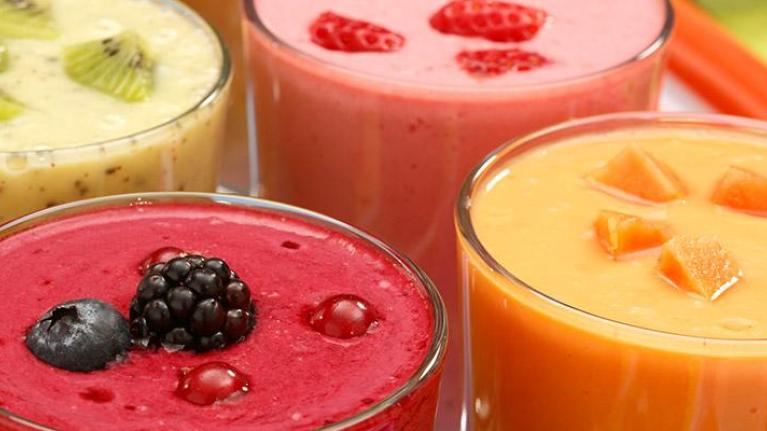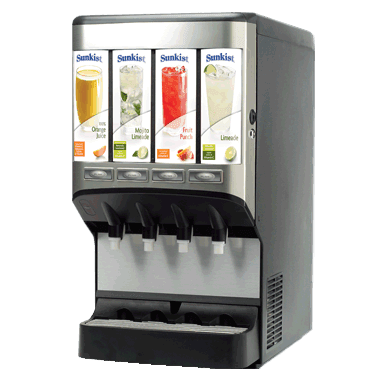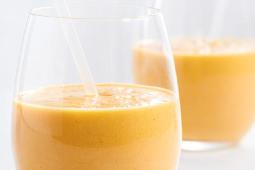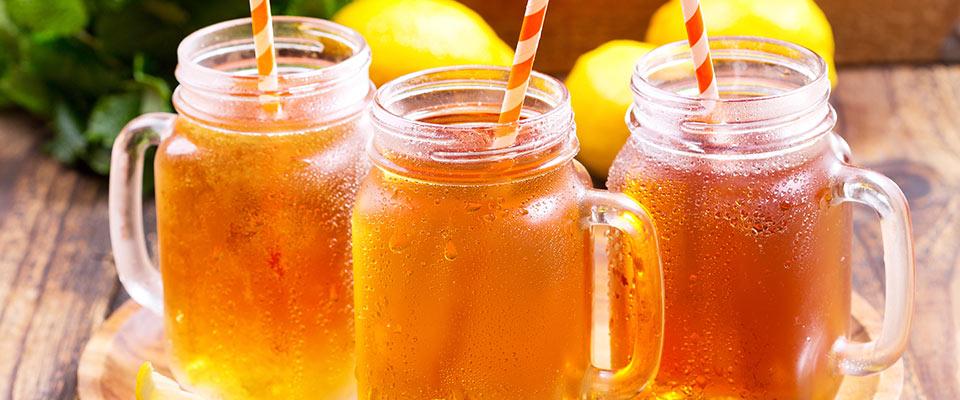
Smoothies & Juices Drive Growth
Smoothie and juice sales are strong. Discover the fruit and vegetable juices and the innovative smoothies that are driving the trend.
Juices and smoothies: two versatile and popular beverage categories that offer tremendous sales potential for food service operators.
According to Datassential MenuTrends, the two categories continue to drive positive growth and increasing menu penetration in restaurants. Juices, which have experienced growth of 10.6% since 2005, are now served in 61.2% of all restaurants. This reflects juice’s wide-ranging usefulness as both a beverage on its own and as a mixer in cocktails.
Smoothies, meanwhile, appear on 8.0% of all menus—from 6.2% of fine dining to 9.6% in QSR and 13.1% of fast casual. And while menu incidence is off somewhat since the heyday of 2012, growth over the past 11 years has settled in the 13% range.
Looking for more ideas for juice and smoothies? See below.
Not bad for a product that is often bought fully or partially prepared and ready to pour into a glass or dispenser and serve. And while juice and smoothie specialists like Jamba Juice and Planet Smoothie continue to be successful—in large part because they are now adding more food items—these beverages fit easily into all types of traditional commercial and noncommercial food service outlets.
Spotlight on Juices
Orange, apple, carrot? The juices that remain most popular are no surprise, but the field of fruits and vegetables being marketed in juice form is widening. According to Datassential, in fact, the most popular juice flavors are:
| • Orange | • Tomato | • Strawberry |
| • Apple | • Mango | • Pomegranate |
| • Cranberry | • Grape | • Beet |
| • Pineapple | • Carrot | • Guava |
| • Grapefruit |
And the growth in these less-familiar juices has been explosive. Beet juice, for instance, has grown a whopping 95.3% over the four years ended 2016, followed by strawberry (27.9%), pomegranate (26.9%), and apple (24.1%).
Spotlight on Smoothies
Flavor trends in smoothies are, if anything, even more exciting than they are in juices. Datassential calls out no fewer than 27 different types of smoothies in its growth and penetration studies, ranging from strawberry (which appears on 77.3% of all commercial food service establishments serving smoothies) to carrot (4.7%). The fast growth is in vegetables like kale and carrot, as well as lemon and such tropical and exotics as pomegranate and passionfruit, but the full list of flavors is wide-ranging:
|
• Strawberry |
• Coconut |
• Lemon |
|
• Banana |
• Peach |
• Kale |
|
• Mango |
• Apple |
• Passionfruit |
|
• Pineapple |
• Vanilla |
• Pomegranate |
|
• Berry |
• Tropical |
• Açaí |
|
• Fruit |
• Chocolate |
• Papaya |
|
• Raspberry |
• Piña Colada |
• Kiwi |
|
• Orange |
• Protein |
• Blackberry |
|
• Blueberry |
• Peanut Butter |
• Carrot |
Datassential research shows that customers love juice and smoothies for a number of reasons, apart from the obvious refreshment and flavor: they’re perceived as healthier than soft drinks and other sugar-laden products; they represent a more convenient means for consuming fruits and vegetables than in whole form; they’re portable; and they also represent a relatively value-priced alternative to other types of snacks and even meal replacements.
Juices and smoothies also can be enhanced with ingredients like whey powder, wheatgrass, ginger, and blue algae, which are said to add nutrients. These beverages are easily customized with such add-on ingredients, as well as being mixed with other flavors to create a bespoke beverage. For the operator, both of these strategies can be used for brand differentiation and upselling.
Due to its perishability and other handling challenges, produce can be difficult to work with. Juices and smoothies represent a way to cross-utilize ingredients (especially vegetables such as carrots, as well as herbs), and to use imperfect or otherwise unwanted items such as the outer stalks of celery, bruised or overripe fruit, herb stems, and even citrus peels, which add a refreshing bitterness to juicer and smoothie blends. This makes them handy as specials.
Finally, this is a category that lends itself well to LTOs (limited-time-only offerings) and a vehicle for seasonal specialties. Fruits in particular, from fall’s apples and pears to summertime’s berries and stone fruits, speak to the kitchen’s commitment to freshness and sustainability.
Sources: Datassential MenuTrends, 2017; Datassential Non-Alcoholic Beverages, May 18, 2017; Datassential, Creative Concepts, Juice It Up, May 2016
The information provided is based on a general industry overview, and is not specific to your business operation. Each business is unique and decisions related to your business should be made after consultation with appropriate experts.
- Sunsational® products make it easy to serve delicious smoothies and other blended beverages, in such on-trend flavors as Strawberry, Peach, and Mango.
- The Nestlé® Vitality® lineup of beverages includes three 100% frozen concentrate juices, in Orange, Apple, and Pineapple flavors.
Nestlé Professional provides a number of different dispensing systems that can be used for juice as well as iced tea and lemonade.


